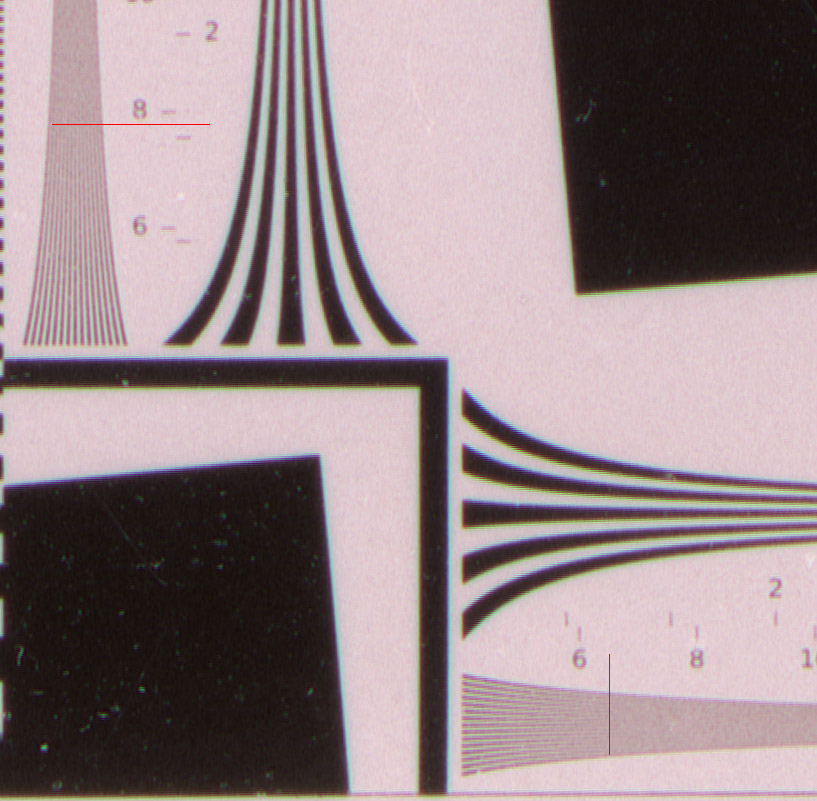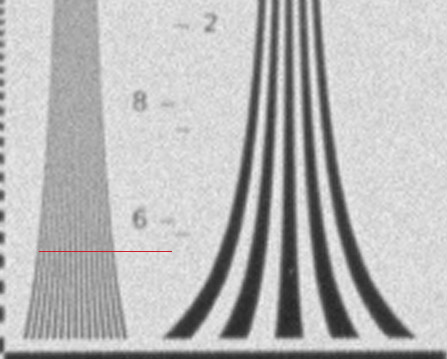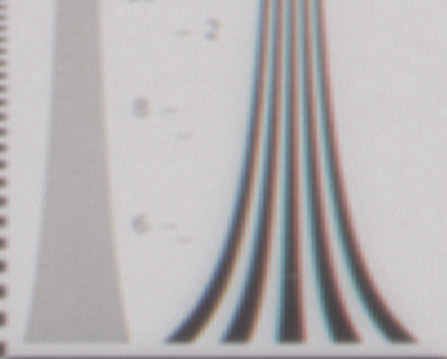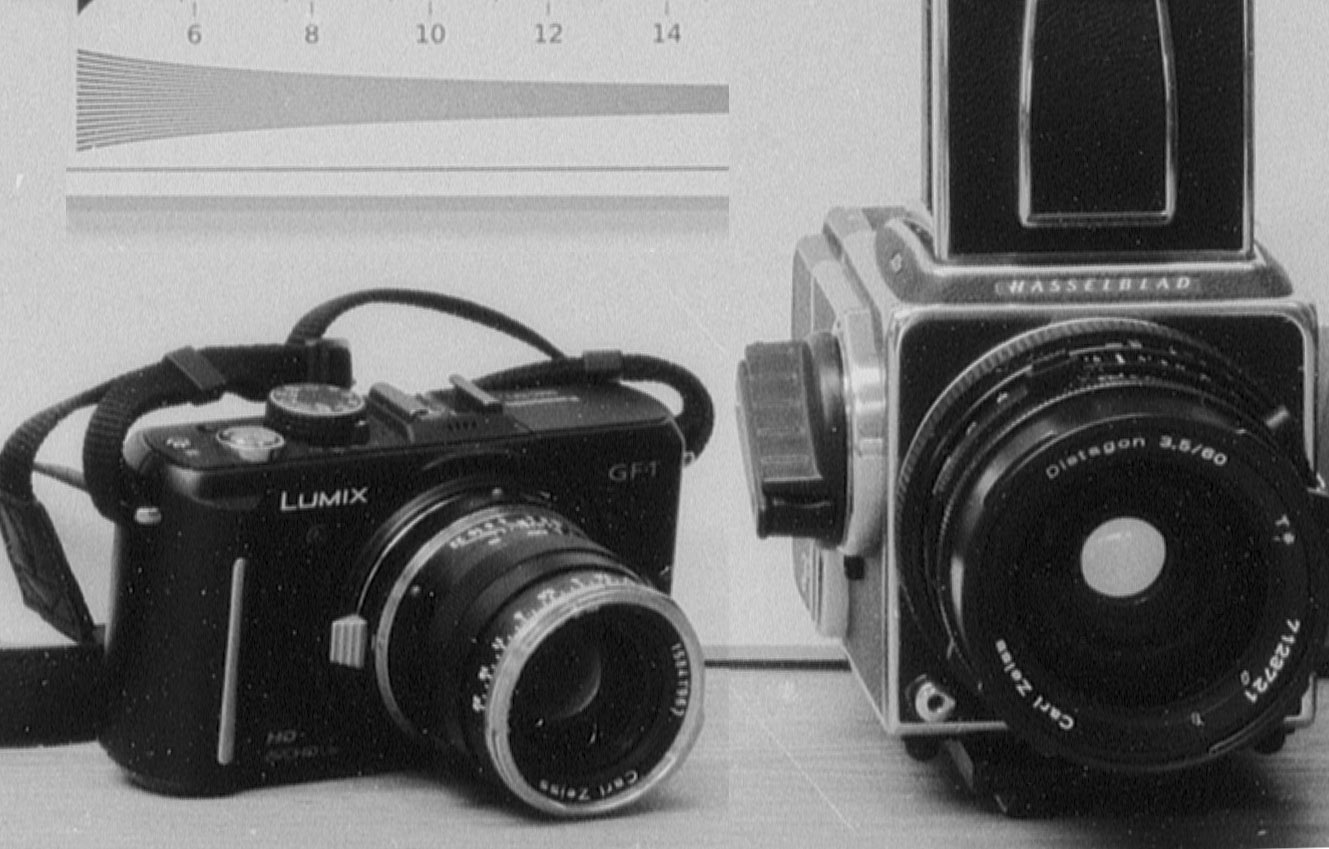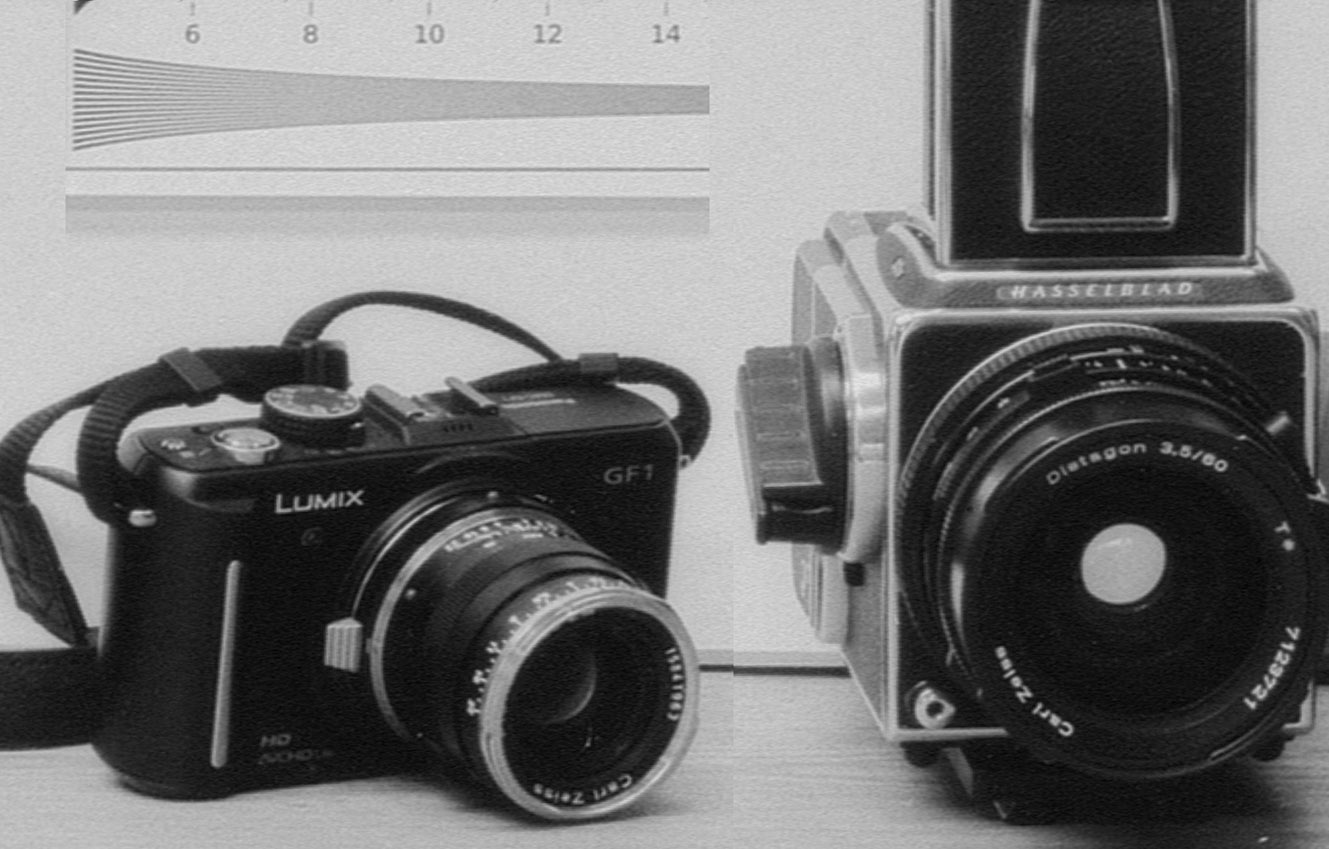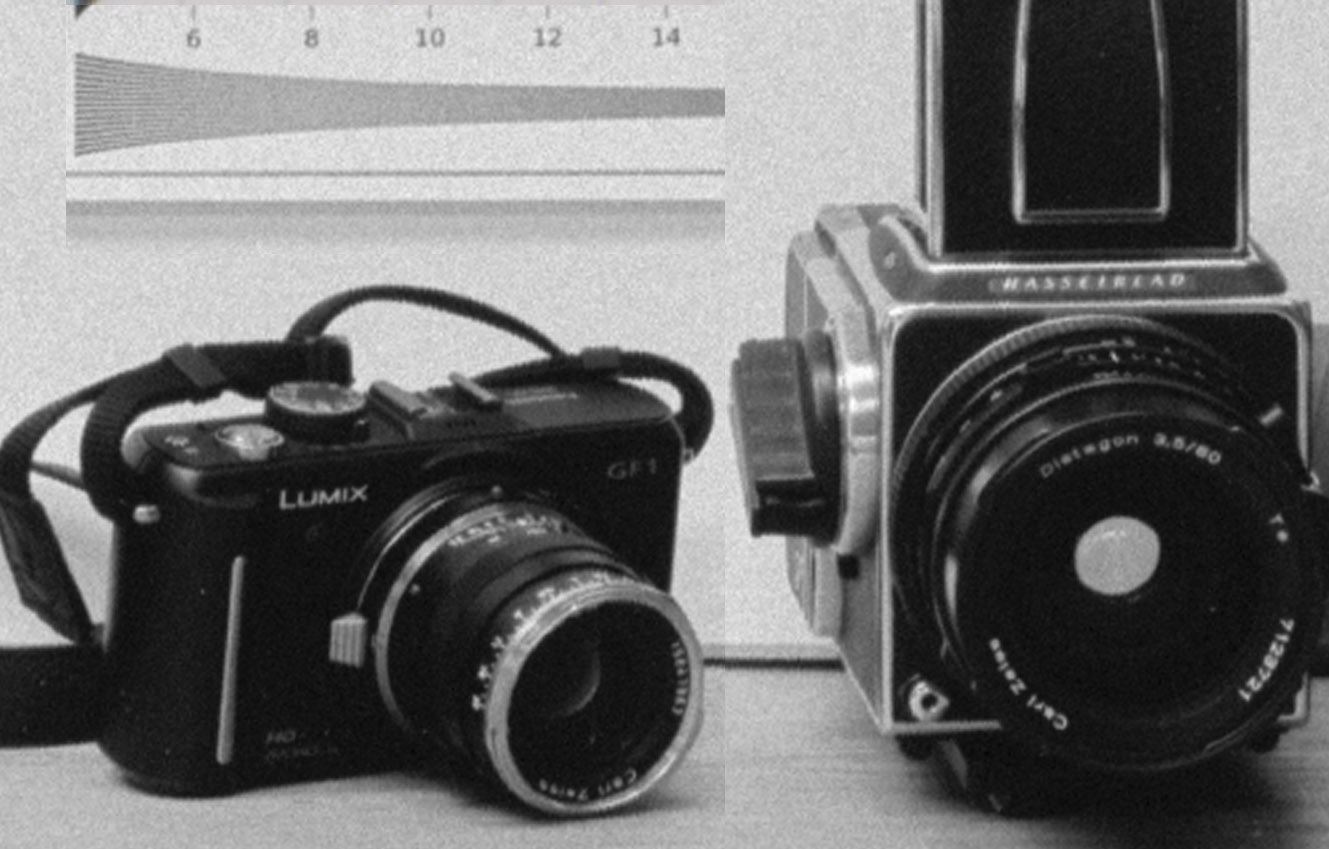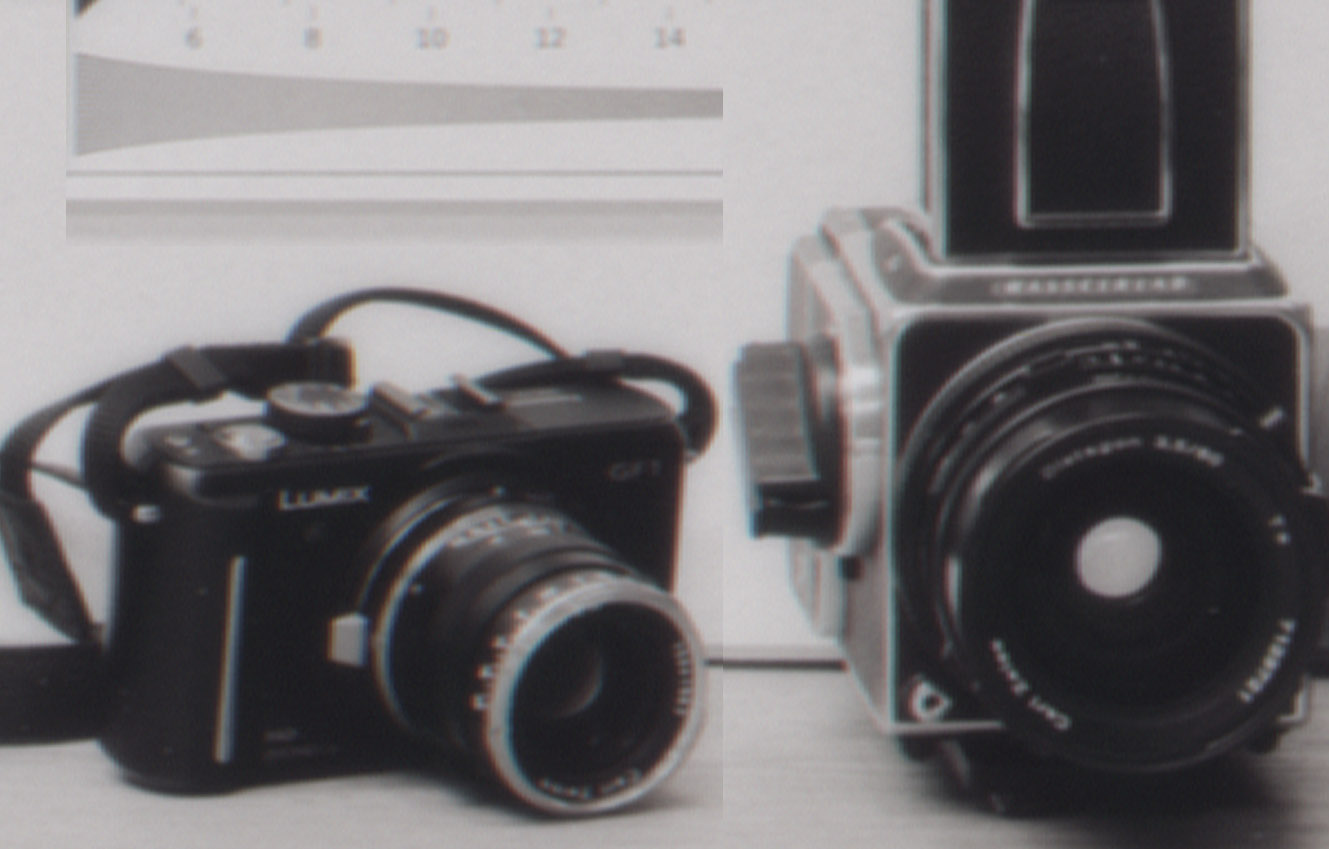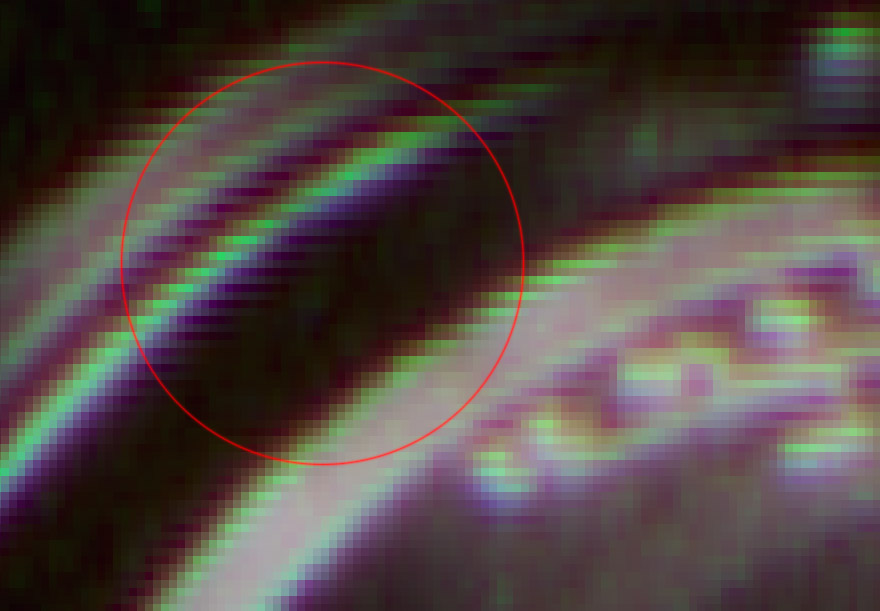See, your post is so pathetic, you don't even deserve an answer.
Now, please, go back in your hole and let us discuss technical aspects of scanning you obviously ignore.
Fernando
You seem to be having a go nowhere technical discussion with Plustek as if you have the sole answer to 120 scanning. On the calibrated models such as Ebertoni's, and hanskerensky's recent posts the scans are excellent.
There may be design and cost implications that make focus adjustment on a scanner prohibitive when compared to other methods. Would you be willing to pay another US$1,500 more for such a feature?
The options fro medium format film scanning are swiftly reducing alongside film sales:
1) Epson's flatbeds, which the future holds will continue to do double duty as advanced, non-film scanners. I doubt the technology or the market will advance this option much.
2) The big Flex or drum scanners. Cost, cost, cost. Uncertain long term supply. Very high learning curve.
3) Refurbished mini-lab scanners such as the Fuji 570. Not really an option for individuals or hobbyists, with limits on scan quality (JEPG), etc.
4) The Plustek 120 as it is.
I suspect that for the vast majority of scans, Plustek designed the 120 with a cost/performance ratio. At $2,000 it's still a very expensive investment with a limited market. more features = more cost, reducing the market even further. It doesn't matter what Nikon did back in the day; those mechanisms may not be available now for any form of implementation. When there was a largish, growing scanner market there were options. Now there are trade-offs. That's what happens when markets shrink.
Those who require select higher res scans for ultimate fine art prints or whatever, are (again, this is probably Plustek's thinking) likely being told to look at their high-end scan options, like the Hasselblad or sending their product out for professional services. Obviously there are some kinks to be worked out in the current 120, but it is obvious that this product will not have a focus adjustment. You are beating a dead horse.
The 120 is primarily designed to get scans onto screens from what the design and marketing literature reveal. Obviously in any product development there are economic trade-offs. Your option is to live with them if you purchase it, not buy it, invest in a Hasselbald, or leave film for digital. It seems to me you should be taking your concerns over to Nikon who abandoned the market. Repeatedly going after the 1 supplier is pointless because you don't have all the information.


